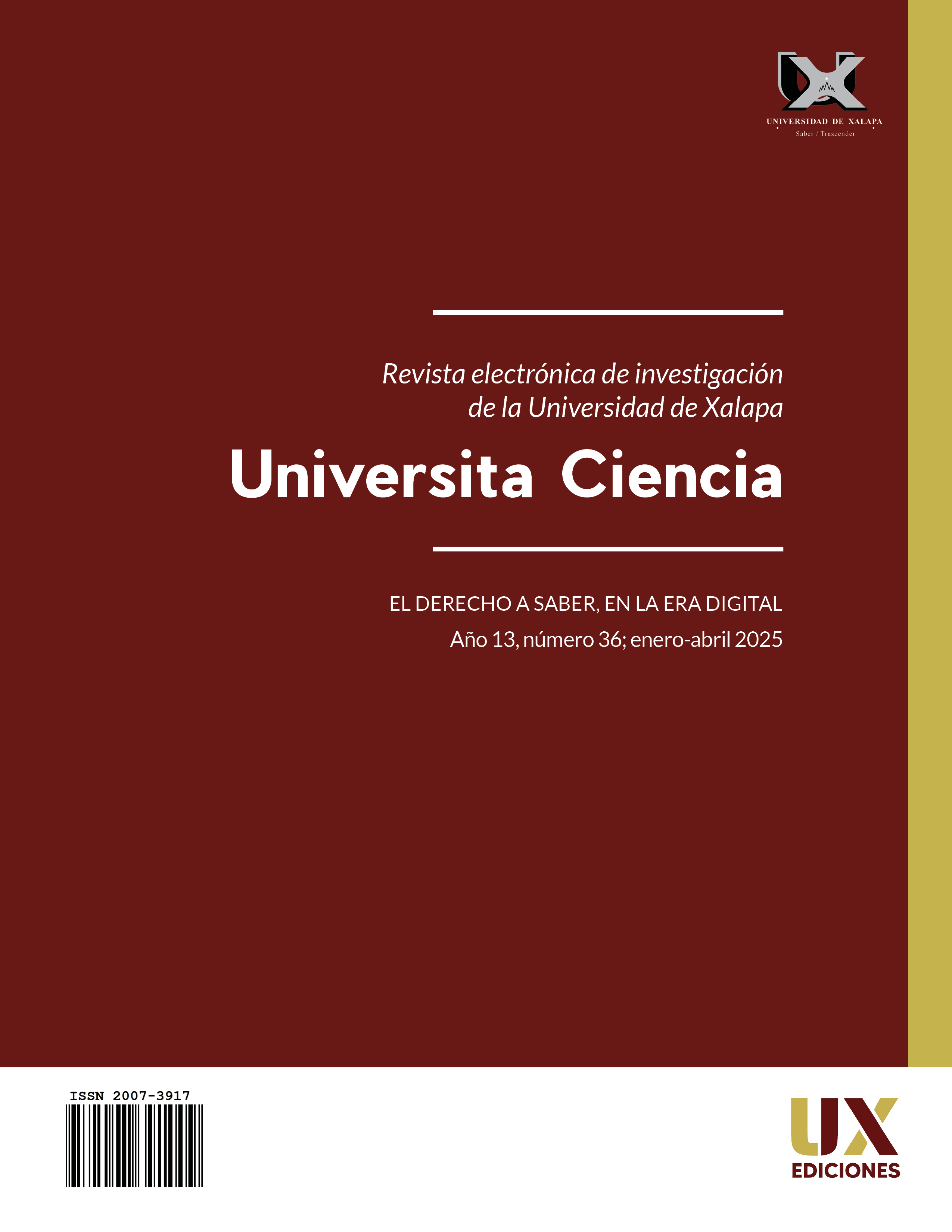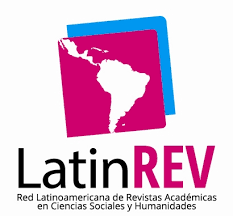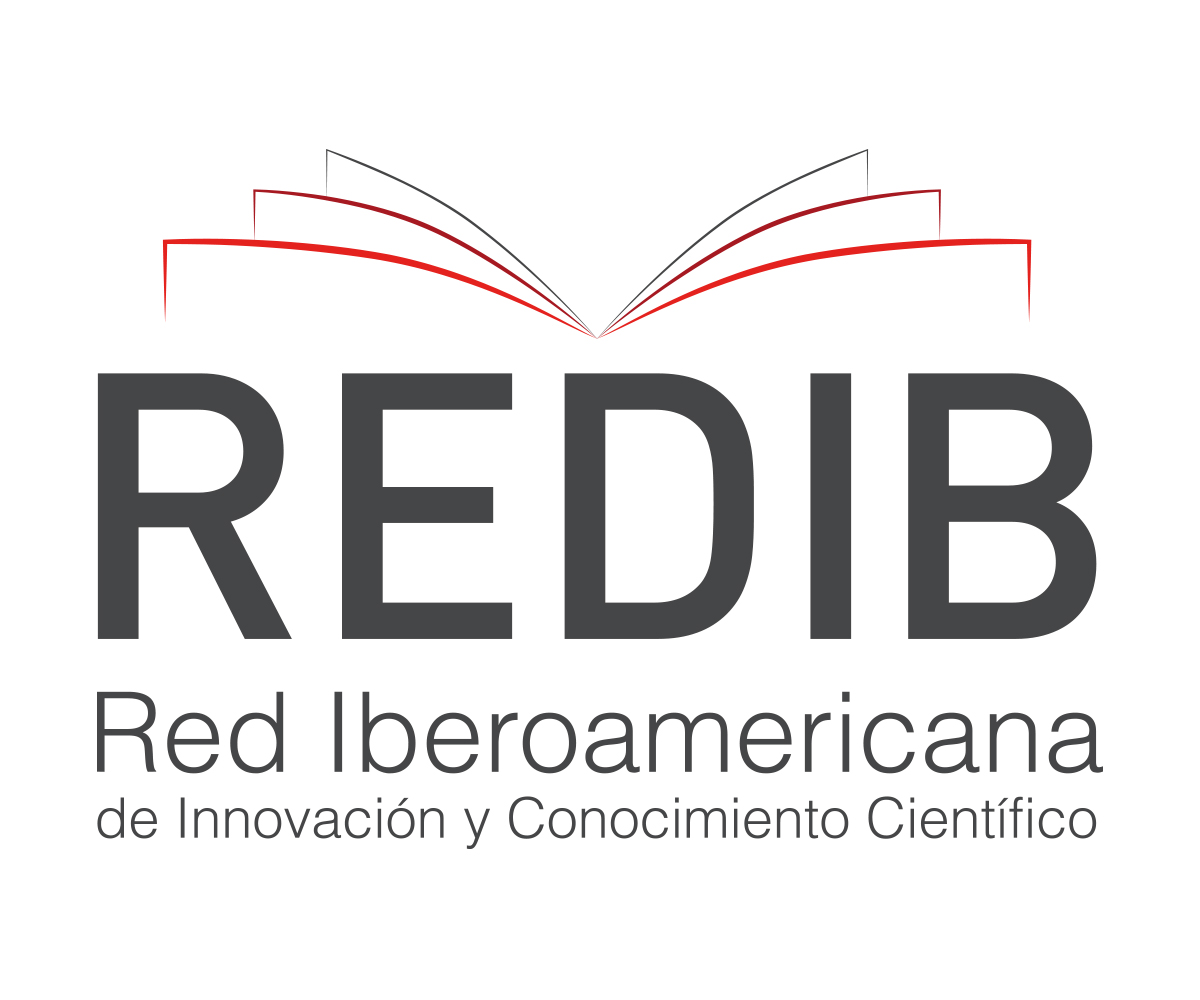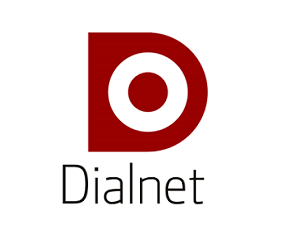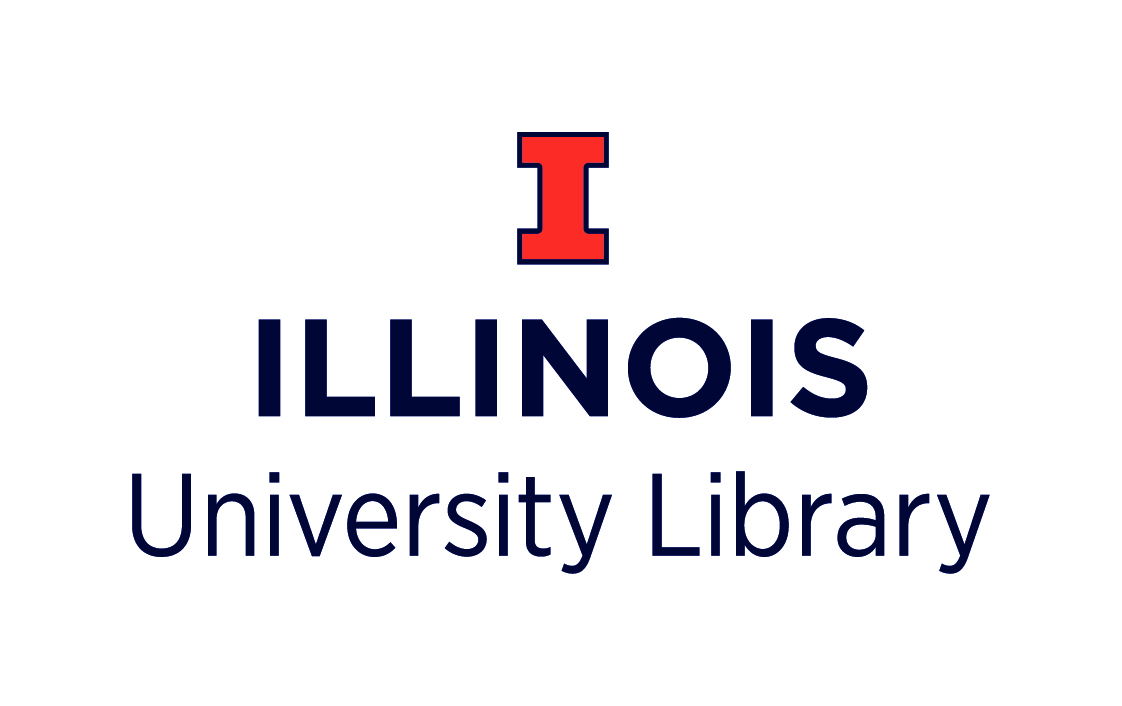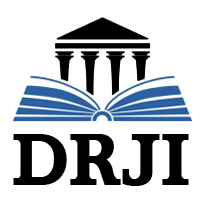Challenges for Public Administration in the maximum publicity of information through the digital transparency mechanisms
DOI:
https://doi.org/10.5281/zenodo.15120975Keywords:
digital platformsAbstract
Transparency in the public sector consists of making relevant information available to society to evaluate the performance of obligated entities and combat corruption. For this reason, the use of digital mechanisms has become a key axis to strengthen citizen participation and, thereby, promote the development of the country. According to the applicable regulations, the principle of maximum publicity must prevail. This analysis focuses on the operation of the National Transparency Platform (NTP), related to the consultation of public information, the responsibilities of obligated subjects and opportunities for improvement to guarantee that the information is complete, accessible and timely, with a focus on comprehensive protection of people. The research methodology includes documentary review, analysis of the content of the NTP, identification of opportunity areas and recommendations to solve them. A diagnosis will be useful for the implementation of effective strategies, especially in times of uncertainty due to the disappearance of the autonomous organism and the budget reduction in 2025 for the new agency in charge of the issue.
Metrics
References
Acuña, F.; Alcalá, A.; Del Río, N.; Guerra, O.; Ibarra, B.; Monterrey, R. & Román, J. (2020). El ABC del gobierno abierto. INAI. https://home.inai.org.mx/wpcontent/documentos/Publicaciones/Documentos/digital_el_abc.pdf
Araiz, L. F. (2021). A cinco años de la Plataforma Nacional
de Transparencia (PNT). Sociedad y Transparencia, (01). 31-32. https://revista.inai.org.mx/sociedadytransparencia01/wp-content/uploads/2021/07/SyT_OK_.pdf
Cejudo, G. (2016). Gobierno abierto en México: ¿etiqueta, principio o práctica? Universidad Nacional Autónoma de México; Instituto de Investigaciones Jurídicas. https://archivos.juridicas.unam.mx/www/bjv/libros/12/5795/8.pdf
Centro de Investigación y Docencia Económicas [CIDE] (2021). Métrica de gobierno abierto. INAI. https://micrositios.inai.org.mx/gobiernoabierto/?page_id=5765
Cognizant (s.f.). Plataforma digital. https://www.cognizant.com/es/es/glossary/digital-platform
Comisión Nacional de Derechos Humanos (2021). Se publica decreto del derecho de acceso a la información. CNDH México. https://www.cndh.org.mx/noticia/se-publica-decreto-del-derecho-de-acceso-la-informacion
Constitución política de Estados Unidos Mexicanos [CPEUM] (2025). https://www.diputados.gob.mx/LeyesBiblio/pdf/CPEUM.pdf
CPEUM (2024, 20 de diciembre). Decreto por el que se reforman, adicionan y derogan diversas disposiciones de la Constitución Política de los Estados Unidos Mexicanos, en materia de simplificación orgánica. https://www.dof.gob.mx/nota_detalle.php?codigo=5745905&fecha=20/12/2024#gsc.tab=0
Gobierno de España (s.f.). ¿Qué es y cómo se organiza el gobierno abierto? Portal de Transparencia. https://transparencia.gob.es/transparencia/transparencia_Home/index/Gobierno-abierto/que-es_organizacion.html
Ibarra, B.; Alcalá, A.; Acuña, F.; Román, J. & Del Río, N. (2002). El ABC de la Transparencia Proactiva. INAI. https://micrositios.inai.org.mx/gobiernoabiertoytransparencia/wp-content/uploads/2023/08/ABC_de-la-transparencia_1.pdf
INFOEM. (S.f.). El ABC de la rendición de cuentas. https://www.infoem.org.mx/doc/publicaciones/ABC_rendicionCuentas.pdf
Instituto Nacional de Transparencia, Acceso a la Información y Protección de Datos Personales [INAI] (2022). Criterio de Interpretación para Sujetos Obligados, SO/004/2021. Sistema Nacional de Transparencia. https://snt.org.mx/criterios/wp-content/uploads/2024/07/2023/SO-004-2021.pdf
INAI (2024). Guía de Apoyo para la Elaboración del Documento de Seguridad, primera etapa: El inventario de datos personales y de los sistemas de tratamiento. https://home.inai.org.mx/wp-content/documentos/DocumentosSectorPublico/Guia-apoyo-DS.pdf
INAI (s.f.). Guía para cumplir con los principios y deberes de la Ley General de Protección de Datos Personales en Posesión de Sujetos Obligados, pág. 12. https://home.inai.org.mx/wp-content/documentos/DocumentosSectorPublico/_GuiaPrincipiosDeberes.pdf
Instituto Nacional de Estadística y Geografía [INEGI] (2023). Encuesta nacional sobre disponibilidad y uso de tecnologías de la información en los hogares (ENDUTIH) 2023. IFT. https://www.ift.org.mx/sites/default/files/comunicacion-y-medios/comunicados-ift/comunicadodeprensa1_0.pdf
INEGI (2023). Censo Nacional de Transparencia, Acceso a la Información Pública y Protección de Datos Personales Estatal. https://www.inegi.org.mx/programas/cntaippdpe/2023/#:~:text=El%20Censo%20Nacional%20de%20Transparencia,funciones%20de%20gobierno%2C%20transparencia%20y
Ley General de Protección de Datos Personales en Posesión de Sujetos Obligados [LGPDPPSO]. (2017). https://www.diputados.gob.mx/LeyesBiblio/pdf/LGPDPPSO.pdf
Ley General de Transparencia y Acceso a la Información Pública [LGTAIP] (2021). https://WWW.DIPUTADOS.GOB.MX/LEYESBIBLIO/PDF/LGTAIP.PDF
Ley Orgánica de la Administración Pública Federal [LOAPF] (2024). https://www.diputados.gob.mx/LeyesBiblio/pdf/LOAPF.pdf
Lineamientos Generales de Protección de Datos Personales para el Sector Público [LGPDPSP]. (2018). https://dof.gob.mx/nota_detalle.php?codigo=5511540&fecha=26/01/2018#gsc.tab=0
Lineamientos Técnicos Generales para la publicación, homologación y estandarización de la información de las obligaciones establecidas en el Título Quinto y en la fracción IV del artículo 31 de la Ley General de Transparencia y Acceso a la Información Pública, que deben de difundir los sujetos obligados en los portales de Internet y en la Plataforma Nacional de Transparencia (2024). https://snt.org.mx/wp-content/uploads/Lineamientos-Tecnicos-Generales-Version-Integrada.pdf
Organization for Economic Cooperation and Development [OECD] (2024). OECD Survey on Drivers of Trust in Public Institutions – 2024 Results: Building Trust in a Complex Policy Environment. OECD Publishing. https://www.oecd.org/en/publications/oecd-survey-on-drivers-of-trust-in-public-institutions-2024-results_9a20554b-en.html
Organización de Naciones Unidas [ONU]. 1948. La Declaración Universal de los Derechos Humanos. https://www.un.org/es/about-us/universal-declaration-of-human-rights
ONU (s.f.). ¿Qué es la transparencia? Organización de Naciones Unidas. HTTPS://UNFCCC.INT/ES/PROCESO-Y-REUNIONES/TRANSPARENCIA-E-INFORMACION/ABOUT-TRANSPARENCY/QUE-ES-LA-TRANSPARENCIA#:~:TEXT=LA%20TRANSPARENCIA%20CAPACITA%20A%20LOS,M%C3%A1S%20AMBICIOSA%20A%20LARGO%20PLAZO
Peschard, J. (2018). Grandes problemas, transparencia: Promesas y desafíos. Los principios rectores de la transparencia y el acceso a la información. COLMEX; UNAM.https://books.google.com.pe/books?id=EldZDwAAQBAJ&printsec=frontcover#v=onepage&q&f=false
Peschard, J. (2022). Democracia y transparencia: binomio indisoluble. INAI. https://ine.mx/wp-content/uploads/2022/11/deceyec-cm44.pdf
Plataforma Nacional de Transparencia [PNT] (s.f.). Información Pública. https://www.plataformadetransparencia.org.mx/Inicio
Roldán, N. (2024, 11 de diciembre). Sheinbaum prometió que la Secretaría Anticorrupción absorbería funciones y personal del INAI, pero no le dio un peso extra https://animalpolitico.com/politica/presupuesto-inai-secretaria-anticorrupcion-sheinbaum
Secretaría de Infraestructura Comunicaciones y Transportes (2023). Programa de Cobertura Social. https://www.gob.mx/sct/acciones-y-programas/programa-de-cobertura-social
Sistema Nacional de Transparencia (s.f.) ¿Qué es el sistema nacional de transparencia? HTTPS://SNT.ORG.MX/?PAGE_ID=431
Transparencia Internacional. (2023). Índice de la percepción de la corrupción. https://WWW.TRANSPARENCY.ORG/EN/CPI/2023
Published
How to Cite
Issue
Section
License

This work is licensed under a Creative Commons Attribution-NonCommercial-ShareAlike 4.0 International License.
This journal adheres to the Creative Commons license in the definition of its policy of open access and reuse of published material, in the following terms:
- Accessibility to articles and other publications in whole or in part under the concept of copying, distribution, public communication , interactive access (through the Internet or other means), explicitly maintaining the recognition of the author or authors and the journal itself (authorship acknowledgment).
- Warning that if the articles are remixed, modified or fragments used in other creations, the modified material cannot be distributed, nor is it allowed to reconstruct versions from the original published articles (derived works).
- The use of the contents of the published articles, in whole or in part, for profit (non-commercial recognition) is prohibited.
The author retains copyright, transfers or grants exclusive commercial rights to the publisher, and a non-commercial license is used.

